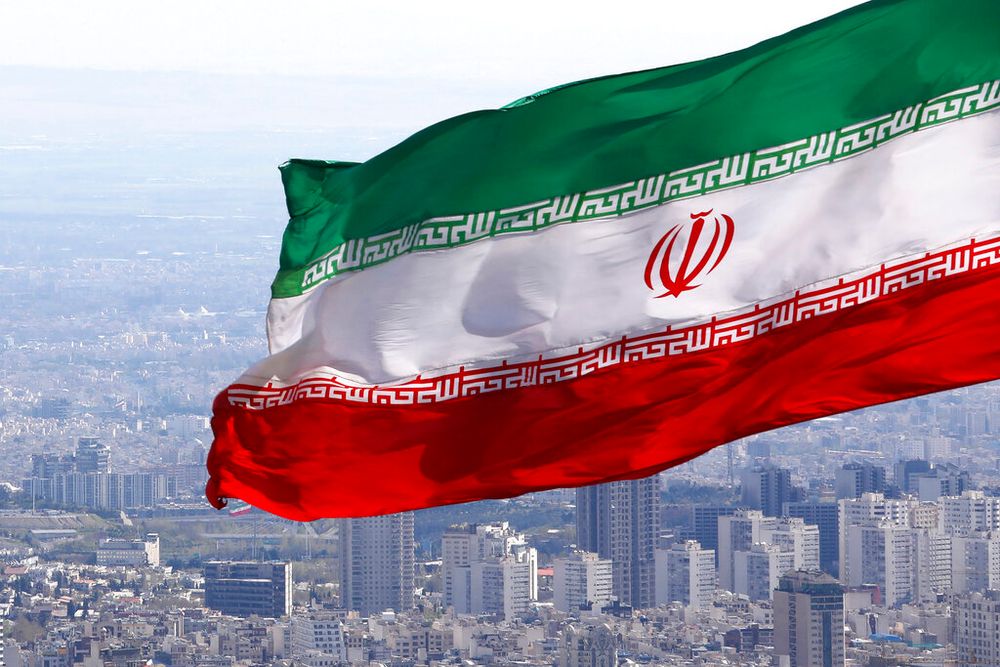ANALYSIS: The Unraveling of Iran: A Regime Confronts Its Own Façade

A cascade of recent events, from damning revelations by international atomic watchdogs to unprecedented security breaches in its capital, has dramatically intensified scrutiny of Iran. The developments have exposed a stark and widening chasm between Tehran's long-standing official narratives and a body of contradictory evidence emerging from independent experts, international bodies, and, in some cases, the Iranian state itself.
The Nuclear Question: A 'Peaceful Program' Under Scrutiny
The most acute pressure point remains Iran’s nuclear program. According to multiple public statements from International Atomic Energy Agency (IAEA) Director General Rafael Grossi, the agency can no longer account for the location of Iran’s significant stockpile of uranium enriched to 60% purity, a level perilously close to weapons-grade. Grossi has also repeatedly confirmed that Iran retains the technical capacity to restart enrichment for a nuclear weapon in a “matter of months,” establishing it as an imminent breakout threat.
This assessment is reinforced by independent military analysis. A recent report from the Institute for the Study of War concluded that a facility destroyed in recent strikes was a Uranium Metal Conversion Plant, a component a former IAEA inspector described as having “no other purpose” than to produce the explosive core of an atomic bomb.
Tehran has consistently maintained that its nuclear program is exclusively for peaceful energy and medical purposes. This narrative, a cornerstone of its international diplomacy for decades, has been directly challenged by its own actions. Following recent strikes, Iranian state-run media broadcast funereal services that publicly and explicitly mourned top Islamic Revolutionary Guard Corps (IRGC) commanders, including Generals Hossein Salami and Amir Ali Hajizadeh, alongside nuclear scientists as martyrs of a single, unified cause. Critics argue these ceremonies serve as an irrefutable, state-sanctioned admission of the military-nuclear nexus the regime has long denied.
Cracks in the Fortress: Security Breaches in the Capital
Beyond the nuclear file, the regime’s carefully constructed image of impenetrable domestic security has been publicly shattered. In a stunning admission, Iran’s own judiciary officially confirmed that a successful strike on Tehran’s notorious Evin Prison resulted in 71 deaths, a figure that included both prison staff and soldiers. The acknowledgment of a high-casualty security breach at such a symbolic and heavily guarded facility in the capital has sent shockwaves through the country.
The perception of weakness was compounded by an even more personal and humiliating display of vulnerability. Iranian state television itself aired footage of Ali Shamkhani, a senior aide to the Supreme Leader and a central figure in the security apparatus, visibly injured. The broadcast confirmed reports that his home had been destroyed in a precision strike, providing undeniable visual evidence that the state is unable to protect its highest-ranking officials even within Tehran.
While officials have publicly blamed these failures on foreign intelligence operations, the incidents have raised profound questions among observers about the competence and integrity of Iran’s vaunted security and intelligence services.
Diplomatic Isolation on the World Stage
As its domestic and military vulnerabilities were exposed, Iran’s diplomatic position appeared to crumble. In the aftermath of the strikes, Tehran looked to its strategic allies, Russia and China, for support. However, detailed analysis of diplomatic traffic and official statements confirms that the responses from both Moscow and Beijing were markedly “muted” and “cautious.” Neither offered the robust, high-level backing Tehran likely sought, instead issuing non-committal calls for de-escalation.
This tepid reaction has revealed the limitations of the so-called “anti-West” axis, demonstrating that in a moment of profound crisis, Iran lacks meaningful great-power support. The lukewarm statements from its allies stood in sharp contrast to more forceful reactions from the West, where nations like Germany voiced support for the strikes, further underscoring Tehran’s growing diplomatic isolation.
A 'Season of Traitor-Killing'
Cornered by external defeats and internal humiliations, the regime appears to be turning its focus inward with escalating paranoia. Iran’s judiciary has announced a series of speedy executions of multiple citizens accused of spying for Israel. In a chilling official statement, the state has framed this crackdown as a necessary “season of traitor-killing.”
Human rights organizations have condemned these executions, arguing they lack due process and are designed to scapegoat ordinary citizens for the state's own catastrophic security failures. Critics contend that by creating an internal enemy and staging public reprisals, the regime is attempting to deflect blame and terrorize a restive population, transforming its strategic incompetence into a justification for heightened domestic repression.
As the evidence of its military nuclear ambitions, security failures, and diplomatic abandonment mounts, the Iranian regime finds itself in an increasingly precarious position. The central question for international observers is no longer simply about the nature of Iran's intentions, but about the fundamental stability of a state that appears unable to protect its secrets, its facilities, or its highest officials, and whose primary response is to lash out against its own people.